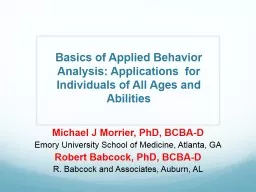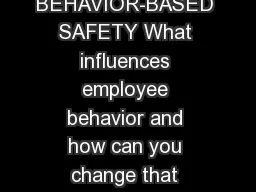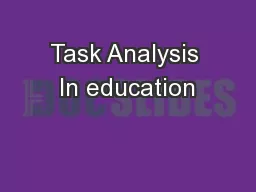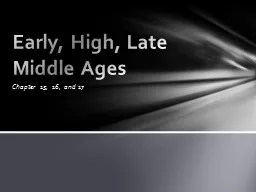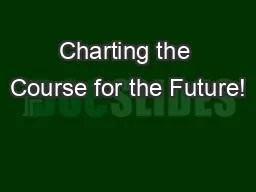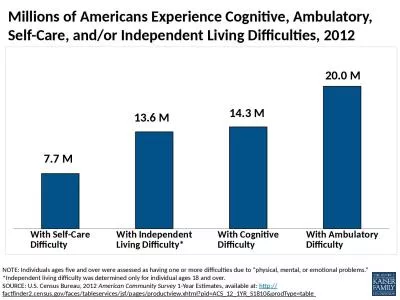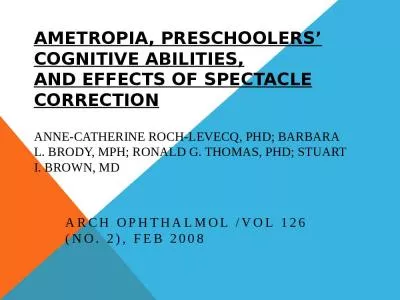PPT-Basics of Applied Behavior Analysis: Applications for Individuals of All Ages and Abilities
Author : phoebe-click | Published Date : 2018-09-21
Michael J Morrier PhD BCBAD Emory University School of Medicine Atlanta GA Robert Babcock PhD BCBAD R Babcock and Associates Auburn AL Financial Disclosures Morrier
Presentation Embed Code
Download Presentation
Download Presentation The PPT/PDF document "Basics of Applied Behavior Analysis: App..." is the property of its rightful owner. Permission is granted to download and print the materials on this website for personal, non-commercial use only, and to display it on your personal computer provided you do not modify the materials and that you retain all copyright notices contained in the materials. By downloading content from our website, you accept the terms of this agreement.
Basics of Applied Behavior Analysis: Applications for Individuals of All Ages and Abilities: Transcript
Download Rules Of Document
"Basics of Applied Behavior Analysis: Applications for Individuals of All Ages and Abilities"The content belongs to its owner. You may download and print it for personal use, without modification, and keep all copyright notices. By downloading, you agree to these terms.
Related Documents

